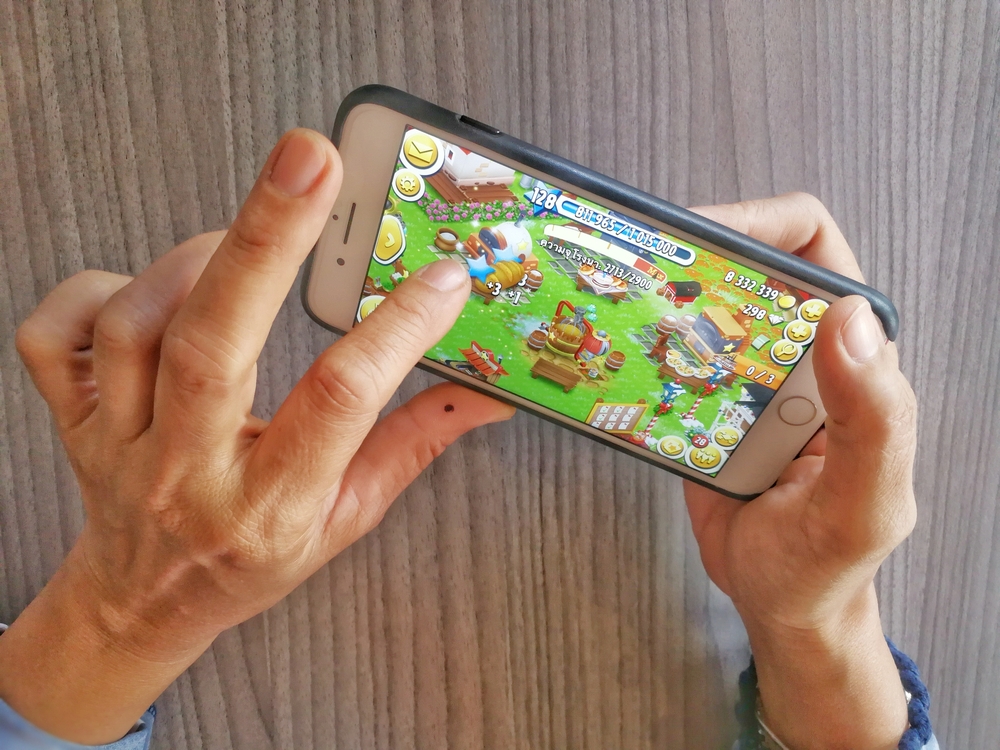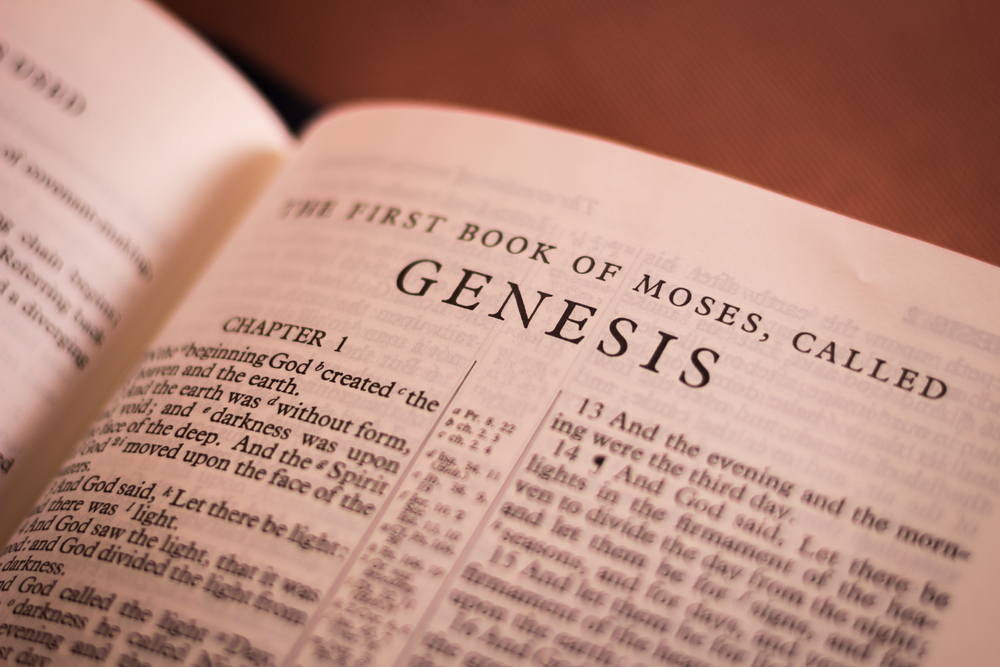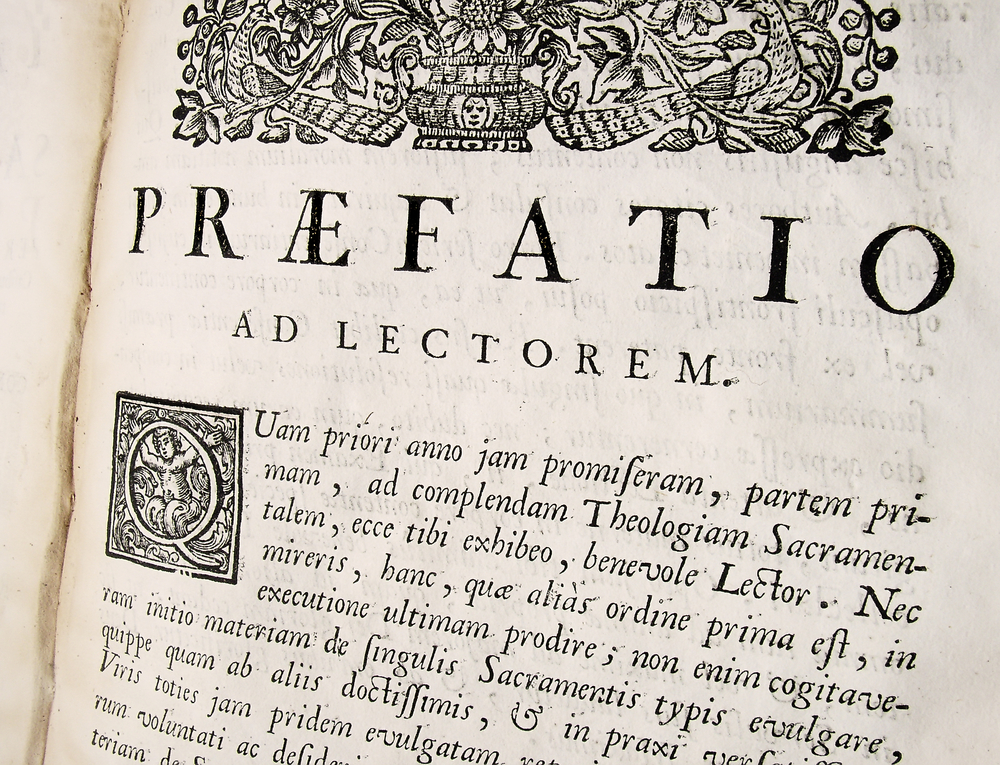117 Best Words That Describe Artists: Adjectives, Styles, etc (Curated & Ranked)
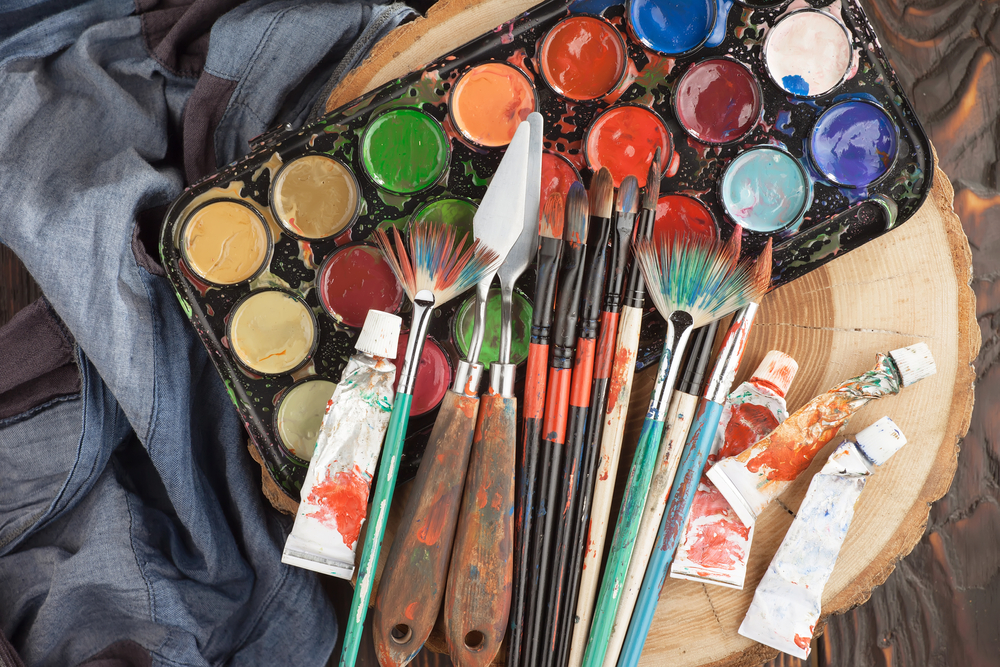
It’s estimated that around 53% of American adults create or perform some type of art, ranging from dance to painting to sculpture.[1]
Art is more than just a form of expression — it’s an important part of human history.
Studying art can teach us how people saw the world during their time, and creating art leaves our mark to show future generations about the world as we’ve lived it.[2]
Words to describe artists fall into a few categories: artistic styles and forms, personal characteristics, and general adjectives.
We’ve broken our list into categories to help you find the best descriptors for your needs.
Adjectives
Visionary
Perseverant
Inventive
Crafty
Elegant
Adroit
Dedicated
Amateur
Accomplished
Prolific
Innovative
Sensitive
Poetic
Reclusive
Authentic
Skilled
Productive
Daring
Controversial
Refined
Dramatic
Creative
Gifted
Clever
Intelligent
Sophisticated
Unconventional
Inspired
Masterly
Imaginative
Cool
Talented
Graceful
Avant-garde
Stylish
Thoughtful
Original
Brilliant
Mysterious
Tasteful
Cultured
Acclaimed
Personal Traits
Evolving
growing and changing as they progress in their artistic practice
Perfectionist
expecting the best from themselves and their art
Passionate
strongly invested in their art
Open-minded
receptive to new and unfamiliar ideas
Curious
open to learning and trying new things
Stubborn
decisive and determined
Self-assured
confident in their artistic abilities and vision
Critical
able to analyze and assess their own art and the work of others
Enterprising
resourceful and showing initiative
Entrepreneurial
willing to take risks and be in control of their own artistic career
Disciplined
able to dedicate themselves to their artistic work
Independent
free-thinking and not easily influenced by the opinions of others
Impulsive
following their creative instincts
Humble
modest; always striving to improve
Contemplative
thoughtful and reflective toward the world and their own art
Serious
sincere and earnest in their pursuit of creativity
Artistic Styles
Abstract
doesn’t represent reality but focuses on shapes, forms, colors, and textures
Cubist
reduces natural forms to geometric equivalents
Contemporary
the “art of today” — art produced in the late 20th and early 21st centuries
Minimalist
art that does not attempt to represent reality, instead focusing on essential elements like colors and shapes
Figurativism
references real-world objects and the human figure
Surrealist
takes inspiration from the real world but incorporates strange, unconventional, or magical elements
Futurist
focused on technical progress, machines, energy, and change
Pop
inspired by popular culture and mass media
Expressionist
focused on an emotional response rather than objective reality
Portrait
art that depicts a particular person
Impressionist
art created with small, visible brushstrokes that capture light, color, and atmosphere rather than realistic forms
Precisionist
focuses on sharp, defined geometric shapes, usually depicting urban landscapes
Dada
an artistic movement focused on absurdity and satire; emerged in response to World War I
Still life
depictions of non-moving objects
Typographic
visual art involving letters and words
Post-impressionist
derived from impressionism, but using vivid colors, thick paint, and geometric compositions
Naturalist
depicting real-world objects in their natural setting
Deco
focuses on simple, symmetrical, and geometric designs
Fauvist
early 20th-century art defined by pure colors and aggressive brush strokes
Rococo
light-hearted subjects depicted in a soft, curvy style
Neoclassical
modern-but-traditional art taking inspiration from ancient Greece and Rome
Nouveau
a highly ornamental style that incorporates elements from the natural world, such as curving lines and plants
Baroque
a dramatic and exaggerated style that appeals to the viewer’s emotions
Neo-impressionist
takes inspiration from impressionism but uses the more precise painting technique of pointillism
Modern
innovative and experimental art that rejects tradition
Classical
created during the classical period (generally by ancient Greeks and Romans)
Suprematist
early 20th-century movement focusing on fundamental geographic shapes like circles, squares, and rectangles
Conceptual
prioritizes the artist’s concept over the artworks appearance and technical execution
Urban
created by artists living in cities and depicting city life
Romanticism
inspired by human psychology, personal emotions, imagination, spirituality, and the natural world
Bauhaus
German artistic movement focusing on simple, rational, and functional designs
Folk
utilitarian or decorative works that express a community’s traditions and cultural life; can include everyday items like quilts and baskets as well as visual art like paintings
Constructivist
industrial art using simple, geometric forms and modest materials
Postmodern
created to contradict traditional artistic values; experiments with form and medium to show that any object can become art
Stuckist
a reaction to postmodern art, attempting to “remodernise” art through a focus on figurative painting
Photorealist
art that attempts to reproduce images of people and objects as realistically as possible
Geometric
art that focuses on straight lines and shapes rather than realistically portraying objects and people
Naive
simple and unsophisticated art that ignores formal techniques and principles
Experimental
art that explores new and unconventional ideas, techniques, materials, and technologies
Hyperrealist
paintings and sculptures created to resemble high-resolution photographs; an extension of photorealism
Maximalist
a reaction to minimalist art that follows the philosophy “more is more”; uses bold colors, patterns, textures, and materials to create representations of excess
Renaissance
art produced in 14th-, 15th-, and 16th-century Europe; defined by the revival of classical techniques and a focus on the subjects of humanity and nature
Whimsical
a playful, vibrant, childlike style depicting fairytale-like scenes; sometimes considered the bright and fun counterpart to surrealism
Digital
defined by the use of software, computers, and electronic devices in its creation
Mixed-media
artwork made from a combination of materials; for example, a sculpture made from clay and glass or a collage made from paper, fabric, and paint
Artistic Forms and Mediums
Sculptor
Musician
Painter
Filmmaker
Performer
includes theatrical performers and those who practice public performance art
Photographer
Designer
includes fields like fashion design, interior design, and graphic design
Printmaker
includes techniques like woodcutting, lithography, engraving, etc.
Illustrator
Ceramist
makes works of art from clay or porcelain
Architect
Calligrapher
makes visual art through decorative handwriting and lettering
Installation artist
creates large-scale, mixed-media art for display in a specific indoor or outdoor space
Writer
Activity: Understanding Artistic Styles
While we’ve provided definitions for each of the artistic styles in our list above, you might want to find out more about each of these styles and see them in action.
We’ve created this activity to help you find more information and gain a deeper understanding of each artistic style!
Begin by using your favorite search engine to look up the following artists:
- Antoine Watteau
- Claudio Bravo
- Georges Braque
- Henri Matisse
- Raphael
- Rene Magritte
- Piet Mondrian
- Hannah Hoch
- Caravaggio
- Louis Wain
You should easily find examples of their work by running an image search, viewing the artist’s official website, or viewing a museum’s website.
While we’ve only listed 10 artists, some worked in multiple styles throughout their careers. As you search (or once you’ve searched them all), try matching a few of each artist’s works to their style!
If you can’t figure out which style a particular artist’s work belongs to, find an online biography of that artist to find out more about when they worked and what defines their art.
Posts you may want to read next...
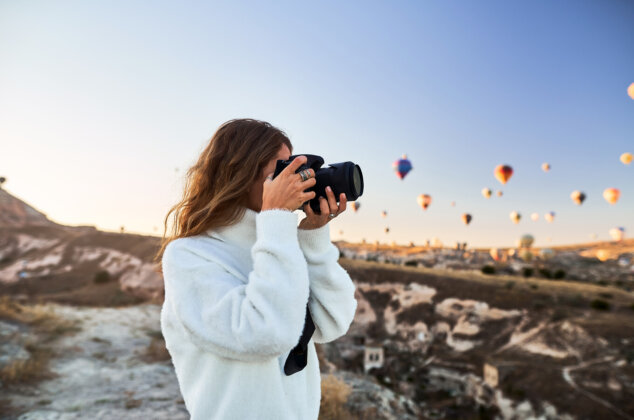
109 Words to Describe Photography (Curated & Ranked)
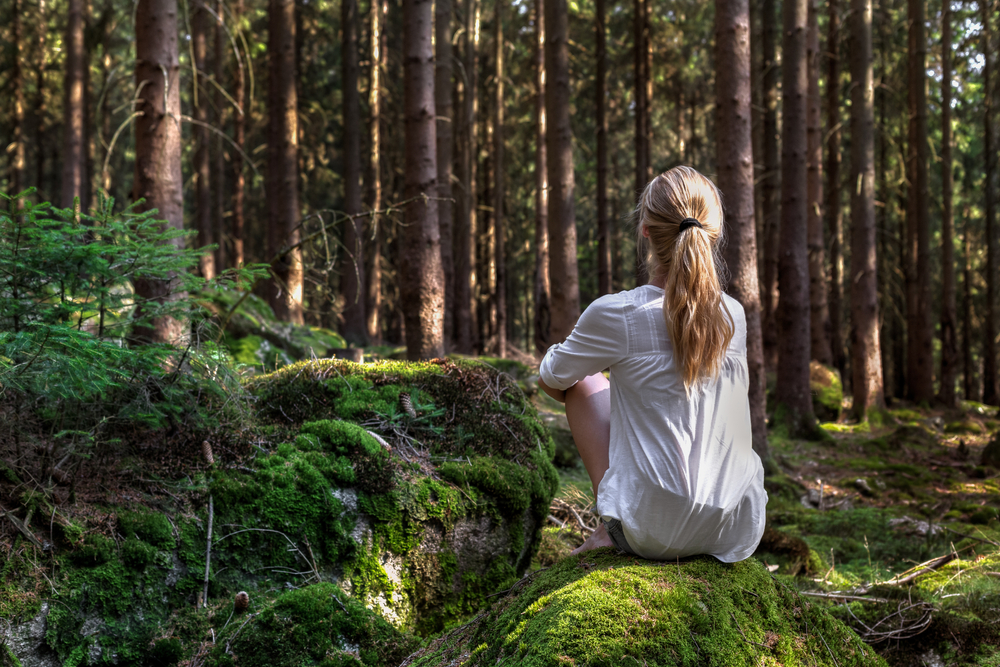
183 Best Words to Describe a Forest (Curated & Ranked)

Top 61 Words to Describe and Honor Veterans (Curated & Ranked)


